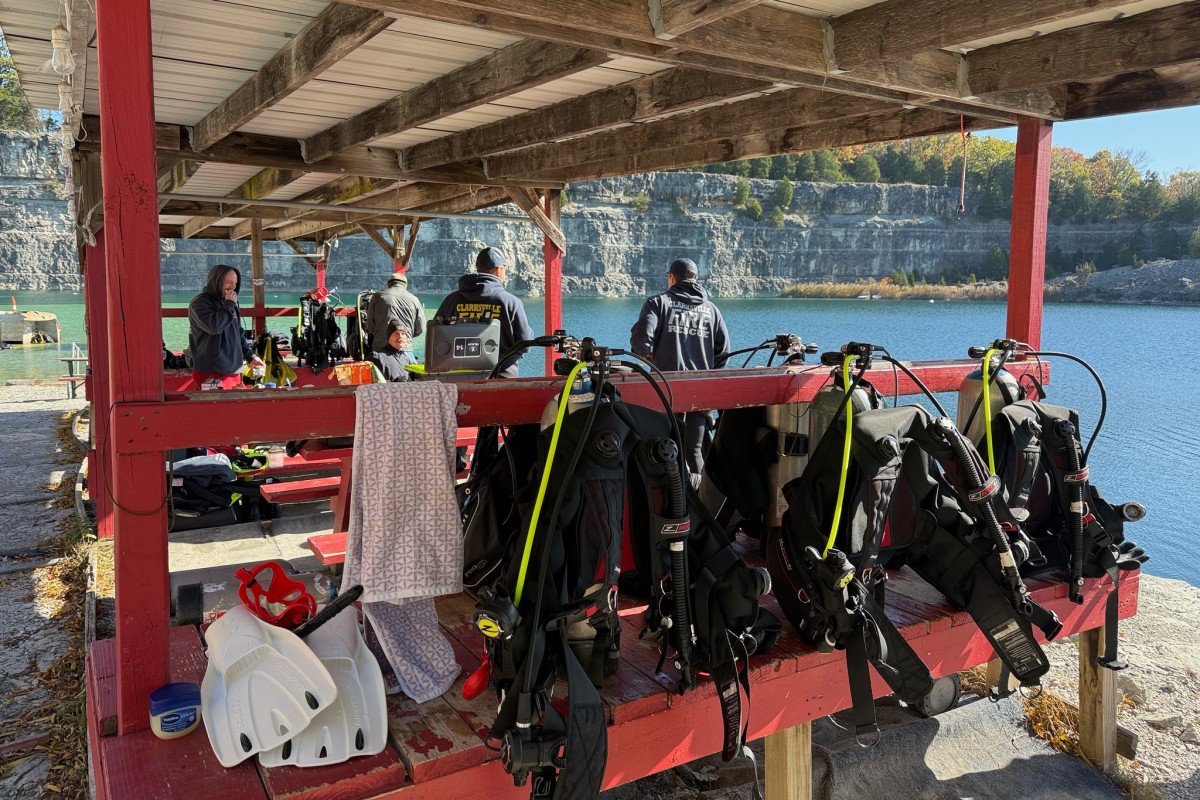Watch out for falling iguanas in South Florida this Christmas. Seriously.
This past week, a massive storm system brought very chilly temps and blizzard conditions, wind chills and Arctic cold to the Lower 48. Nearly 70 million people were under winter storm watches or warnings in the Midwest, Great Lakes and Appalachians, while 90 million were under wind chill alerts.
The cold really causes a lot in the cold-blooded animal! The frigid air also immobilizes coldblooded animals. Iguanas sleeping in trees may lose their grip and drop to the ground. Sea turtles may stun and blow ashore from Texas to New England.
Florida expected to dip into the 30s. Most lizards in Miami, introduced from warmer climates in Central and South America, find it too cold to move once air temperatures dip below about 45 degrees Fahrenheit.
Sea turtles, snakes and other reptiles are known to experience cold-stunning during frosty weather, but raining iguanas are unique to South Florida.
Sometimes, the National Weather Service in Miami issues announcements for “falling iguanas” to emphasize the severe cold and let people know the lizards are not, in fact, dead. But the freeze is temporary most of the time. When temperatures rise, some wake up and resume their normal activities. In the past, people have loaded the frozen iguanas, thinking they were dead, in the back of a car to harvest their meat, only to have the lizards thaw and attack.
But researchers and animal experts say the cold spells don’t seem to incapacitate the iguanas like they used to, suggesting that animals are adapting to the chilly weather. People may still see iguanas dropping during the upcoming cold blast, but not as many as two to three decades ago





